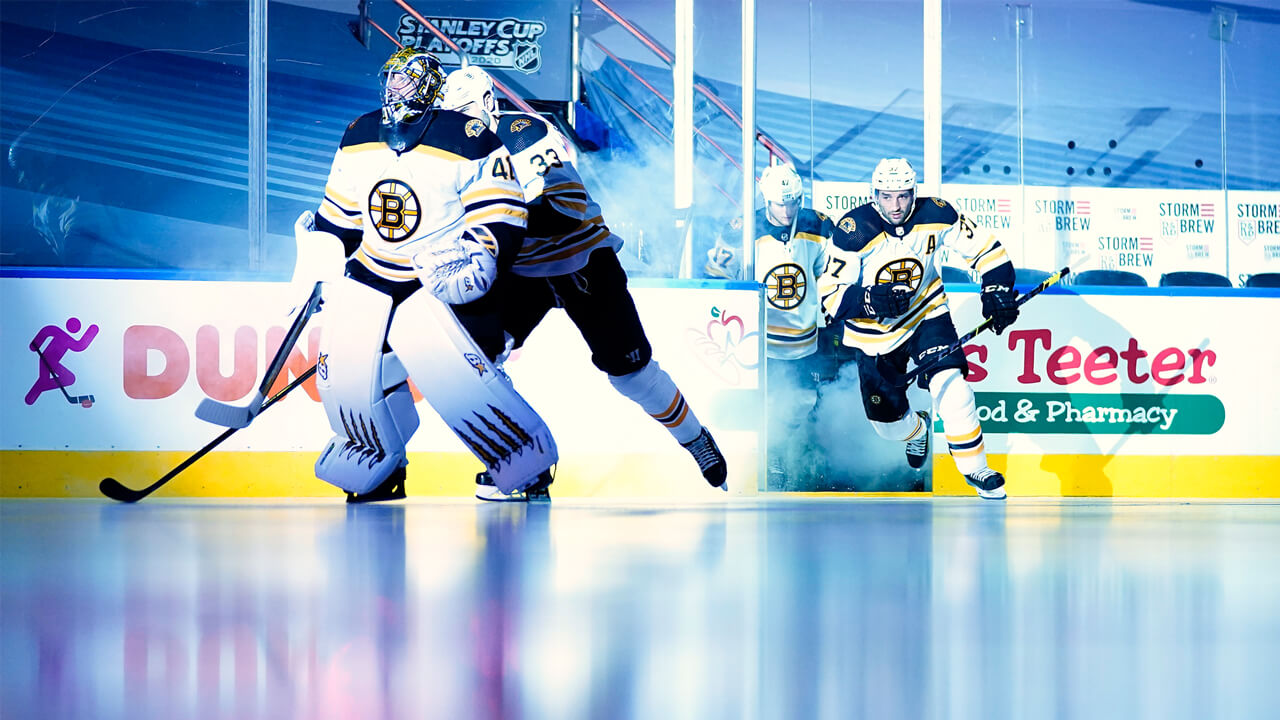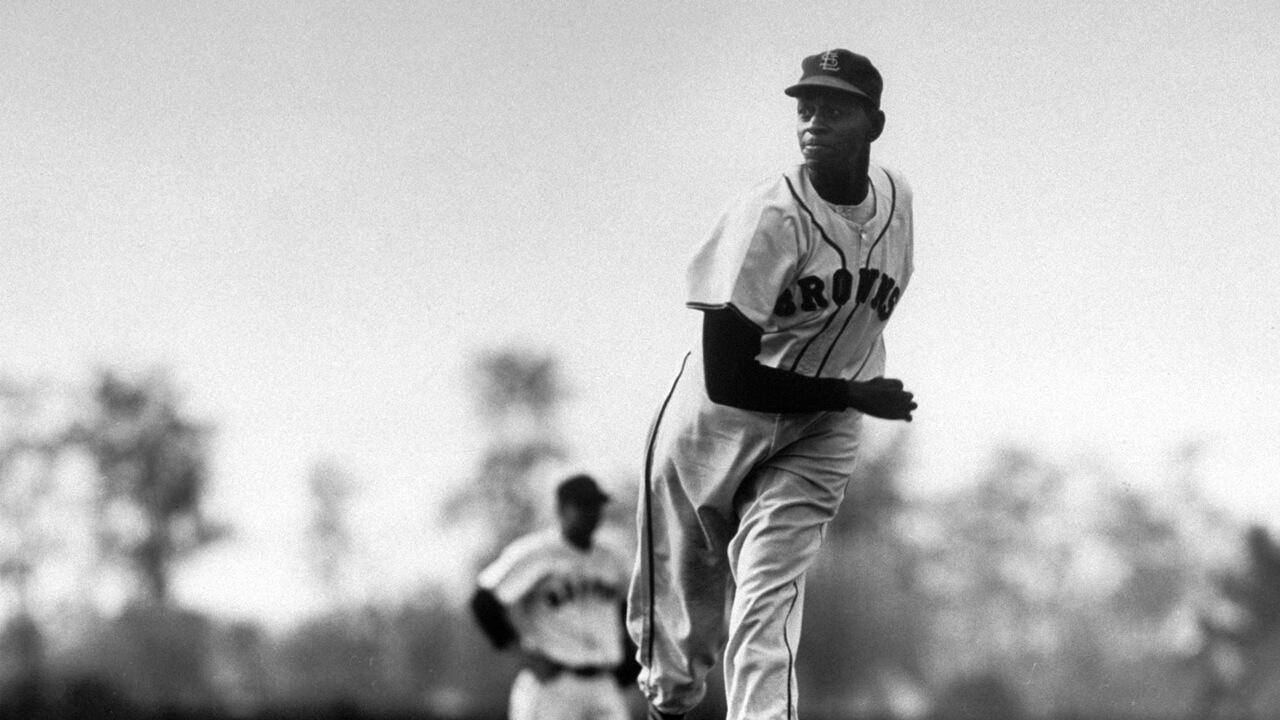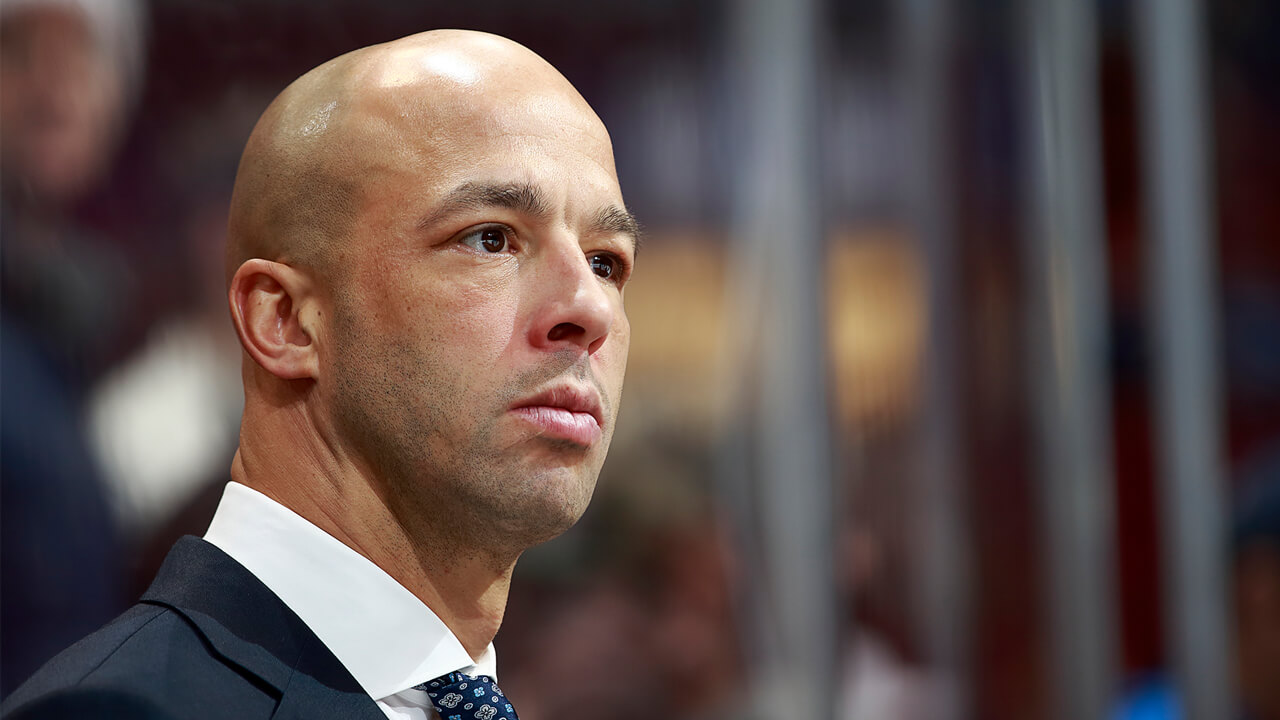There was no consensus about who lands where and how but most said that, for aesthetic value, they’d most like to see a Vegas-Dallas Western Conference final. “Those are the teams not just with the depth of goaltending but with deep lineups,” says one. “They just keep rolling really proven, experienced guys out at you. Dallas even has a third-liner [Corey Perry] who’s won a Hart Trophy, a Cup and two gold medals.”
The quality of the playoff hockey is helping to take the scouts’ minds off some industry-wide concerns, stuff that’s flying below the radar for even dedicated hockey fans but hits team staffers where they live and work. Only one of the scouts I spoke to had real cause to worry about whether he’d stick with his organization until next summer — although his team fell short of the post-season, he’s been kept on by management. While he alone in his group is worried about his job security, some developments are cause for universal concern.
Typically, scouts are on one-year contracts. They work through the draft in late June and, if retained, get new deals in the mail on July 1. Generally, a bit of movement is expected in any given year — some retire, some find coaching jobs, some are reassigned within their organizations. With the draft shifted to October this year, just about everybody stayed in place with the exception of Buffalo where the firing of GM Jason Botterill in mid-June set in motion a punting of virtually the entire scouting staff by his successor, Kevyn Adams.
Many expect changes in Florida, where the Panthers have cut ties with long-time GM Dale Tallon, and in Arizona following the messy divorce of GM John Chayka and the Coyotes. Says one scout sympathetically: “By the time [Chayka was out], he’d already gutted a real good scouting staff over the past few years.”
Even in Florida and Arizona, though, everyone is standing pat at least this summer. “Just about everyone got a slide for a year to see how this plays out with COVID,” the soon-to-retire scout explains.








